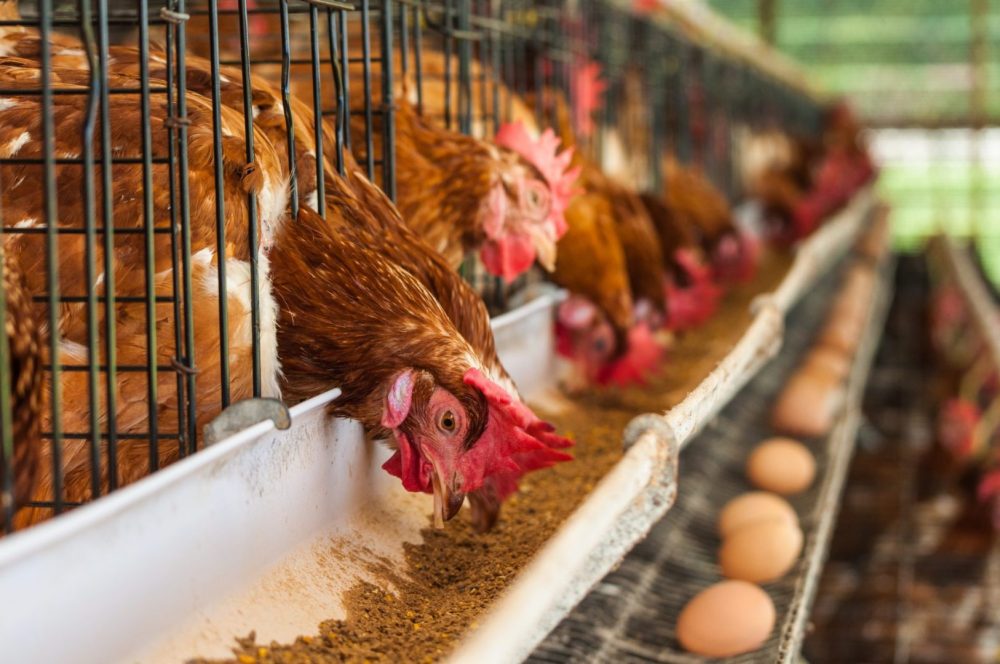A deadly wave of avian influenza is sweeping across the country, raising alarm among bird watchers and backyard bird enthusiasts. The virus, which primarily affects wild and domesticated birds, has led to an unprecedented number of infections, leaving birding communities and environmental scientists searching for answers.
While human infections remain rare, the rapid spread of the virus across multiple bird species has made it a pressing issue. Experts are closely monitoring the situation, assessing the risks posed to both birds and those who interact with them regularly. For backyard birders, the outbreak raises serious questions about whether feeding birds is still a safe practice.
How avian flu spreads and why it matters
Avian flu is caused by influenza viruses that naturally circulate among birds, particularly waterfowl. While some birds show no symptoms, others can experience severe illness, leading to mass die-offs. Migratory birds play a significant role in spreading the virus across vast distances, increasing the risk of transmission to poultry farms, backyard flocks, and even wild songbirds.
Human infection risks remain low, but caution is advised. The virus does not easily transmit to people, but there have been rare cases of human infection through direct contact with infected birds or contaminated surfaces. This has prompted public health officials to stress the importance of preventive measures, particularly for those who regularly handle birds.
The concern extends beyond the immediate impact on birds. As the virus continues to evolve, scientists remain vigilant in monitoring potential mutations that could increase the risk of transmission to humans. While no evidence suggests this is happening, the unpredictable nature of viruses makes ongoing research essential.
Backyard birding in the midst of an outbreak
Millions of Americans maintain bird feeders in their backyards, creating a connection with local wildlife while supporting bird populations. However, the current outbreak has left many birders questioning whether they should continue feeding birds.
Some species are at higher risk than others. Waterfowl and birds that congregate in large numbers are particularly vulnerable, whereas common backyard songbirds may carry a lower risk of spreading the virus. Despite this, experts recommend taking extra precautions to prevent potential contamination.
Regular feeder maintenance is more important than ever. Cleaning feeders and birdbaths frequently with a diluted bleach solution can help reduce the risk of disease transmission. Placing feeders in well-ventilated areas and avoiding overcrowding can also minimize the likelihood of infected birds coming into close contact.
Assessing the risks for bird enthusiasts
For most backyard birders, the risk of contracting avian flu remains extremely low. The virus primarily spreads among birds, and casual contact with a backyard feeder is unlikely to pose a serious threat to humans. However, certain conditions may increase the level of concern.
Proximity to poultry farms or domestic birds heightens the risk. Those who live near commercial poultry operations or keep backyard chickens should be particularly cautious. Limiting interactions between wild birds and domestic flocks can help prevent cross-contamination.
Handling sick or dead birds requires caution. If a bird appears ill or is found dead near a feeding station, experts recommend avoiding direct contact. Reporting the sighting to local wildlife agencies allows authorities to track potential outbreaks and take appropriate action.
The environmental impact of bird feeding during an outbreak
Beyond the immediate health concerns, the relationship between backyard feeding and overall bird health remains a topic of debate. While feeding birds provides important nutritional support, it can also create unnatural congregation points that may facilitate disease spread.
Bird feeders can contribute to the spread of infections. When large numbers of birds gather in a concentrated area, the likelihood of transmission increases. Infected birds may shed the virus through saliva, feces, or direct contact, making feeders a potential hotspot for disease.
Balancing conservation efforts with health precautions is essential. Bird feeding plays a crucial role in conservation, particularly during harsh winters when food sources are scarce. Adjusting feeding habits—such as spreading out food sources or reducing feeding in high-risk areas—can help mitigate risks while still supporting local bird populations.
What the future holds for backyard birding
As research on avian flu continues, recommendations for bird enthusiasts are evolving. Scientists are working to develop more precise guidelines that allow birders to enjoy their hobby while minimizing the risk of disease transmission.
New surveillance methods are improving outbreak tracking. Advances in virus monitoring and genetic analysis are helping researchers identify emerging strains and predict potential risks. This data will inform future public health policies and provide clearer guidelines for birders.
Sustainable birding practices can help reduce long-term risks. In addition to proper hygiene and feeder maintenance, creating a bird-friendly environment with diverse natural food sources can reduce reliance on artificial feeding stations. Planting native trees and shrubs that provide seeds and berries offers birds a healthier, more sustainable food source while minimizing human intervention.
For now, backyard birders must weigh the risks and make informed decisions about continuing their practices. While avian flu presents new challenges, careful precautions and evolving scientific understanding can help ensure that birding remains a safe and enjoyable activity for years to come.















